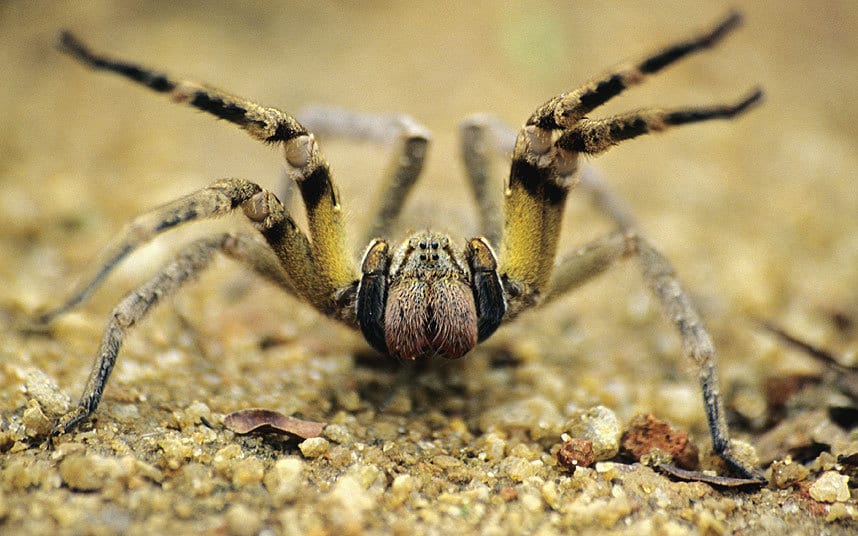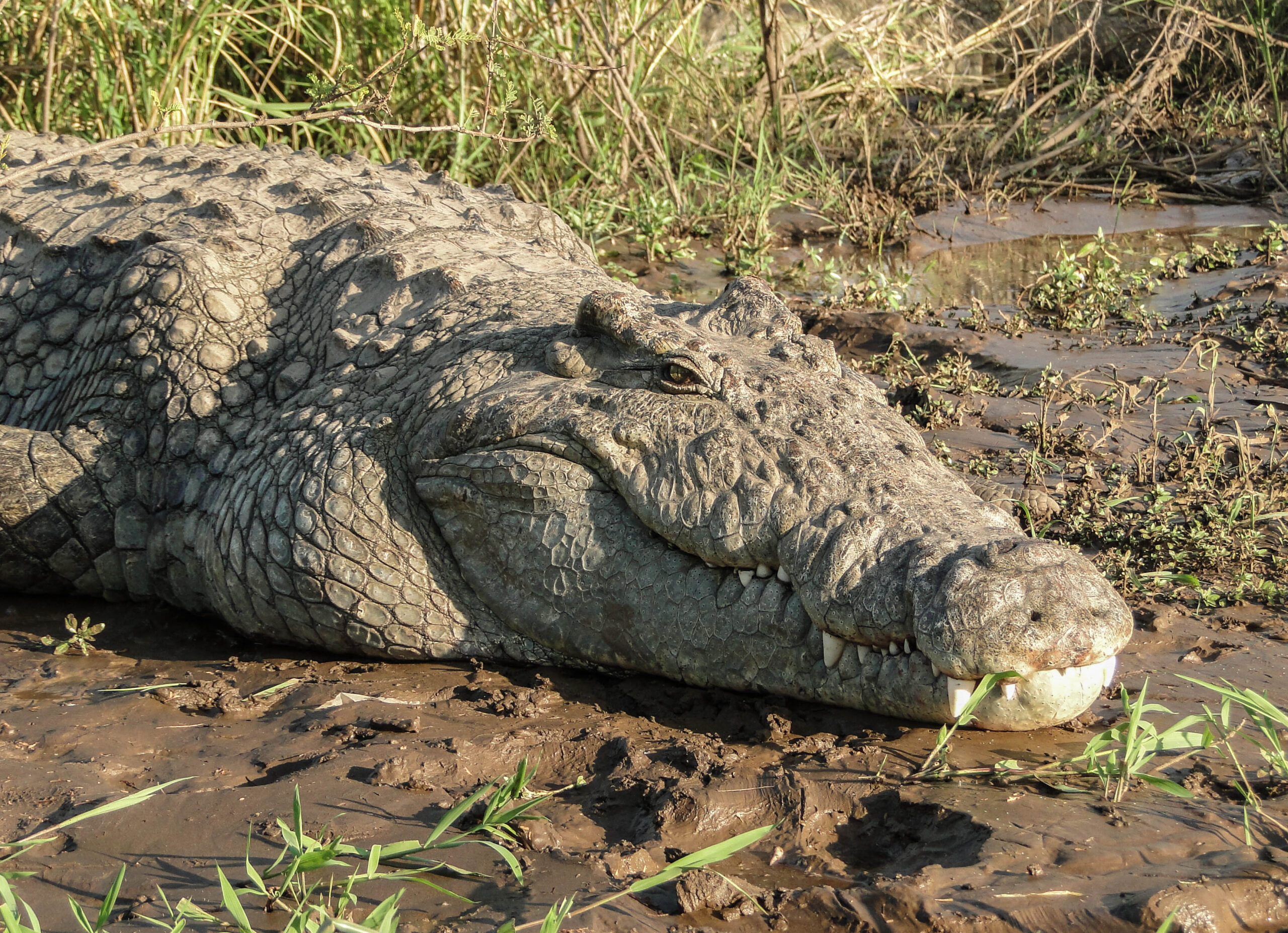Do animals experience depression?

Before delving into the nuances of depression in animals, it’s essential to recognize the broad spectrum of emotions they exhibit. Joy, fear, anger, and grief are just a few threads in the intricate fabric of the emotional lives of animals. Scientists and ethologists have long observed behaviors that suggest a range of emotional experiences in animals, challenging the traditional view that emotions are exclusive to humans.
The Spectrum of Animal Emotions
Traditionally, the acknowledgment of emotions in animals was met with skepticism, rooted in anthropocentric views that posited emotions as exclusive to humans. However, the tides have shifted, and a growing body of scientific evidence challenges these notions, inviting us to reconsider the emotional lives of our fellow inhabitants on Earth.
Play behavior is particularly conspicuous among mammals, with animals engaging in activities that mimic aspects of their adult lives, contributing not just to physical development but also serving as a medium for social bonding. From dogs frolicking in the park to dolphins leaping in the ocean, the manifestations of joy in animals are both heartwarming and enlightening.
The depths of the emotional spectrum are perhaps most poignantly illustrated when we witness expressions of grief and mourning in animals. Elephants, known for their strong social bonds, have been observed displaying behaviors reminiscent of human mourning rituals when faced with the death of a herd member. Whales, too, are known to exhibit mourning behaviors, emphasizing the depth of emotional connections that extend beyond the human experience.
Recognizing Depression Across Species
While the diagnosis of depression in animals may not mirror human psychiatric criteria, scientists have identified behavioral patterns that parallel depressive symptoms in humans. Changes in eating habits, social withdrawal, lethargy, and alterations in sleep patterns are among the indicators researchers use to assess the potential presence of depression in animals.
Behavioral Indicators of Depression
In humans, depression is often characterized by changes in behavior, mood, and cognitive function. Similarly, researchers scrutinize animal behavior for alterations that might suggest a depressive-like state. One common indicator is a shift in eating habits; some animals may exhibit a decrease or increase in appetite. Social withdrawal is another key behavior, with animals spending less time interacting with conspecifics or showing disinterest in activities they once found pleasurable.
Lethargy and Altered Sleep Patterns
Observations of lethargy and changes in sleep patterns serve as additional clues when assessing potential depression in animals. A once-active and engaged individual that becomes lethargic, displaying a lack of interest in its surroundings or reduced engagement in typical activities, may be exhibiting signs of a mood disorder. Similarly, disruptions in sleep patterns, such as insomnia or excessive sleep, can be indicative of underlying emotional distress.
Changes in Vocalizations and Communication
For species that communicate through vocalizations, alterations in the frequency, intensity, or pattern of vocal signals can be telling. Animals experiencing depressive-like states may exhibit changes in their vocalizations, expressing distress or disinterest in their environment. These shifts in communication patterns are particularly evident in social species, where vocalizations play a crucial role in maintaining social bonds and coordinating group activities.
Anxiety and Agitation
Depression in humans often coexists with symptoms of anxiety, and a similar connection may exist in animals. Some species may exhibit heightened levels of anxiety, manifesting as restlessness, pacing, or other repetitive behaviors. Agitation, expressed through excessive grooming, self-directed aggression, or destructive tendencies, can also be indicative of emotional distress in certain animals.
Case Studies: Animals in Captivity
The captive environment, whether it be zoos, aquariums, or even domestic settings, provides a unique lens through which researchers examine the intricacies of animal emotions. While these settings aim to educate and conserve species, they also pose challenges to the mental well-being of the inhabitants.
Zoo Animals: The Price of Display
Zoos, designed to showcase a diverse array of wildlife, inadvertently subject animals to a life of confinement. While some species adapt well to captive environments, others exhibit signs of distress that echo the hallmarks of depression.
Case studies involving large mammals like elephants and big cats have shown stereotypic behaviors—repetitive, seemingly purposeless actions such as pacing or head-bobbing—that suggest a form of psychological distress linked to captivity.
Marine Mammals in Aquariums: The Echoes of the Ocean
Aquariums, with their captivating marine displays, often house dolphins, whales, and seals. These intelligent and socially complex beings may suffer profoundly in captivity, leading to behaviors indicative of emotional distress. Studies have documented instances of stereotypies, decreased social interactions, and even aggression among captive marine mammals. The juxtaposition of their vast, natural ocean habitats against the confined spaces of tanks raises questions about the psychological toll of captivity on these creatures.
Pets in Domestic Settings: Loneliness in Familiar Surroundings
Even in the comfort of our homes, our beloved pets may grapple with conditions that mirror depression in humans. Changes in household dynamics, the absence of companionship, or alterations in routine can contribute to behavioral changes indicative of distress. Case studies involving pets such as dogs and cats shed light on the importance of understanding the emotional needs of domestic animals and implementing strategies to mitigate the potential negative impacts of captivity within our homes.
The Neurobiology of Animal Emotions
In recent years, advancements in neuroscience have cast a revealing light on the shared neural substrates that underpin emotional experiences, challenging traditional notions that emotions are exclusive to humans.
At the core of emotional experiences lies the limbic system, a network of brain structures associated with emotions, memory, and motivation. Humans have long been considered unique in possessing a well-developed limbic system. However, studies across diverse species, from mammals to birds, have unearthed surprising similarities in the architecture and function of these neural circuits. The amygdala, for instance, a key player in processing emotions in humans, has analogs in various animal brains, suggesting a shared evolutionary origin.
Serotonin, dopamine, and norepinephrine, well-known players in human emotional states, have counterparts in the brains of animals. The modulation of these neurotransmitters is associated with mood regulation, reward, and the stress response, providing a neurochemical basis for emotional experiences that transcends species boundaries.
Mirror neurons, a fascinating discovery in neuroscience, contribute to our ability to empathize with others by mirroring their emotions. Recent research has identified mirror neuron systems in animals, suggesting that they, too, may possess a capacity for empathy.
Animal Models of Depression: What Can They Teach Us about the Human Disease?










